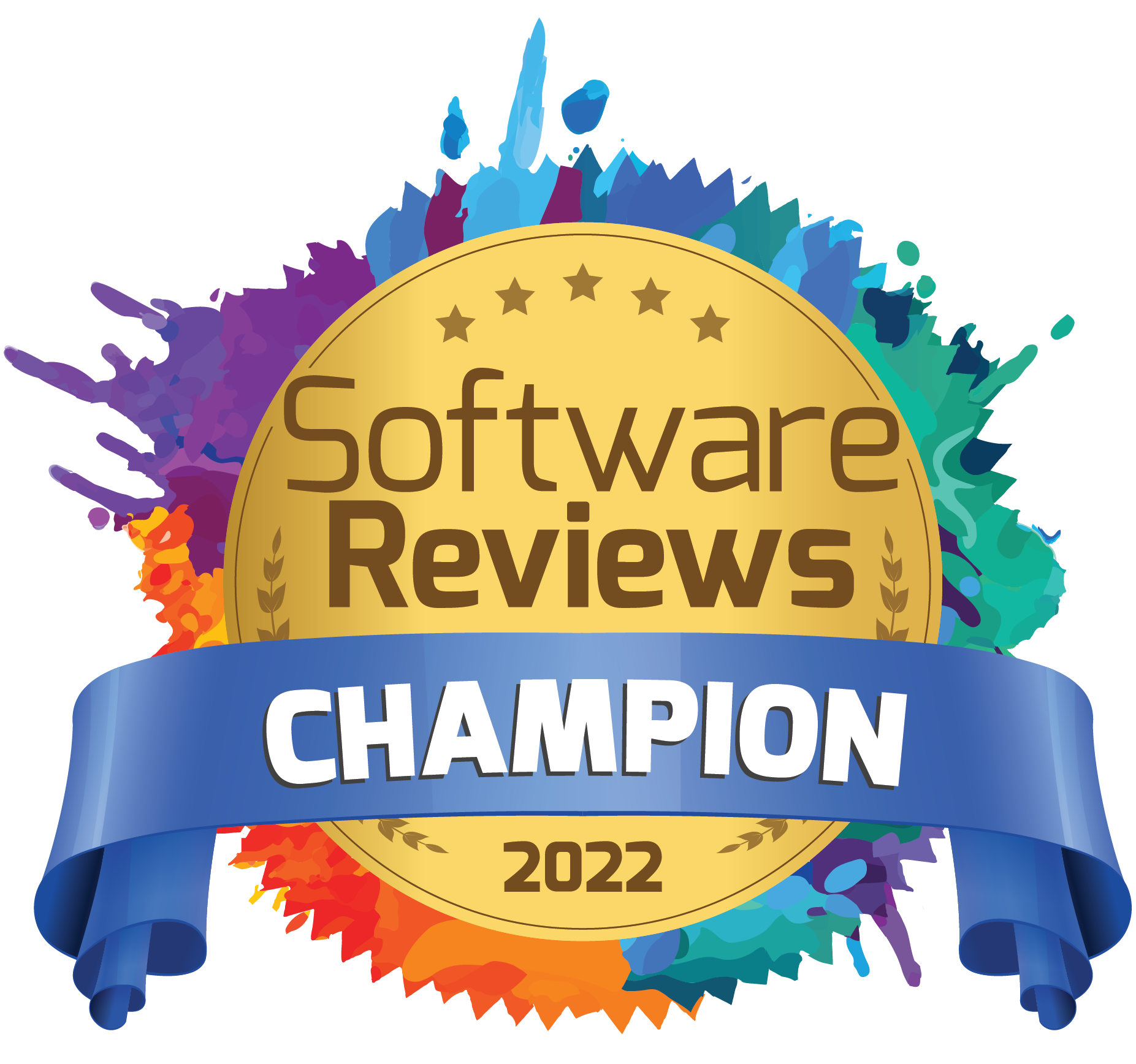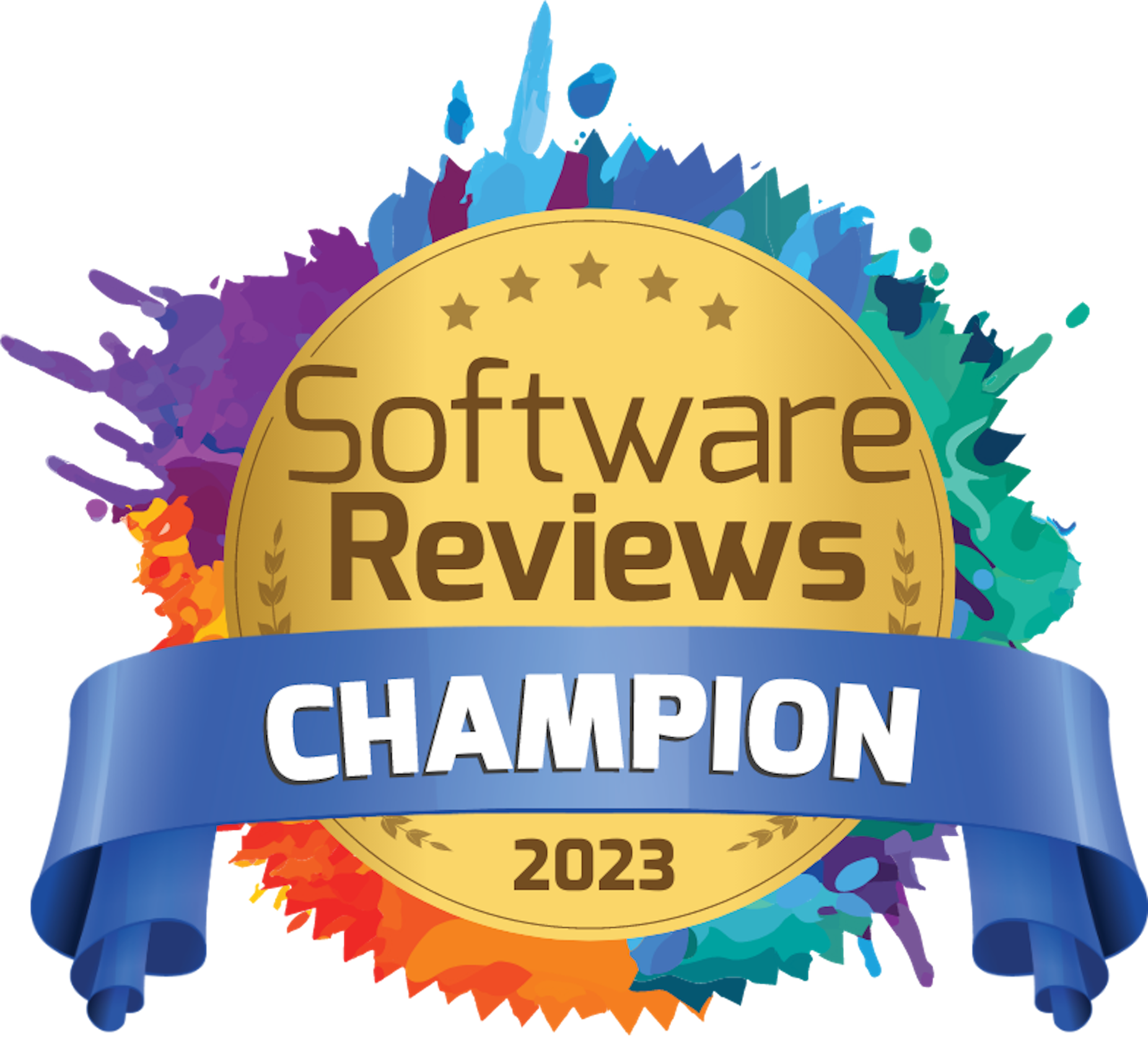Tomorrow’s Workplace, Today: Nexudus Unveils the AI Suite Reshaping Coworking Spaces
In the dynamic landscape of coworking, we’ve always tried to stand as a beacon of innovation. For over 2 years, we’ve been developing AI projects to provide coworking spaces with tools that enable them to make informed decisions about their businesses. Let’s delve into actual coworking scenarios to see how these modules can make a difference in optimising the use of the space, maximising the use of resources, or helping to understand their communities' engagement.
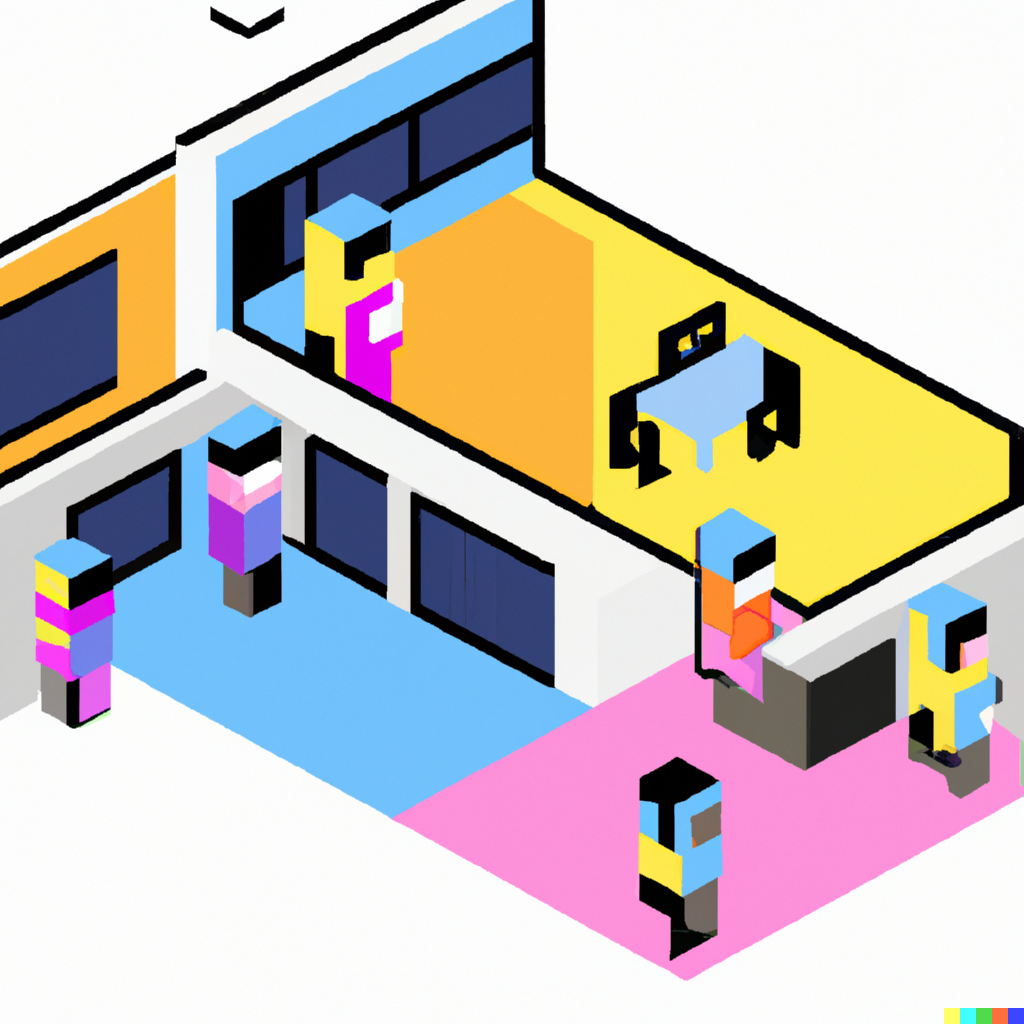
Image produced by Dall-e
1. Project Demand Module:
Space Planning: Utilise our Resource Demand module and gain industry insights from Flexspaceobservatory, to predict meeting room usage for upcoming months. Compare usage and capacity to pinpoint optimal expansion points or meeting room allocation.
Event Organisation: Though not an AI feature, it’s worth mentioning that many spaces use Nexudus for event management. Using the waiting list feature and tracking those events with high demand, spaces can narrow down their community’s interests and focus on growing those types of events. Don’t forget to use NexEvents, included in the Nexudus subscription, for seamless check-ins at the event itself.
Resource Allocation: Have you ever noticed that a particular meeting room is in high demand in your space, whereas others just never seem to get booked? Spot trends and patterns easily by using the Resource Demand module. For example, if a meeting room with a capacity of 10 usually gets booked by only 3-4 people, you may want to consider dividing that meeting space into two smaller rooms. Don’t miss out on spotting and maximising these opportunities!
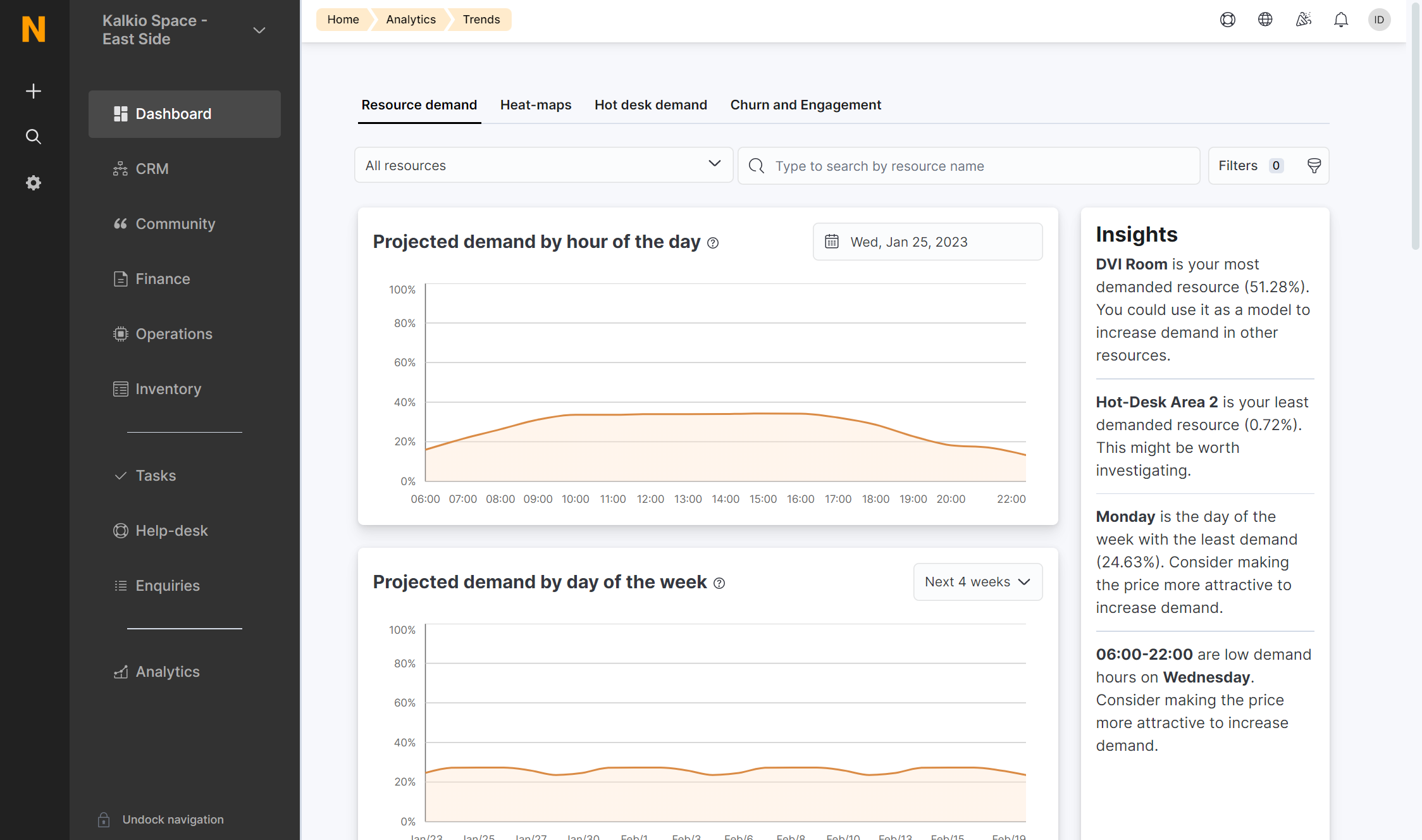
Peak Hours: According to our Flexspace Observatory reports, bookings peak between 9 am-2 pm, depending on the coworking space context/size. You may want to consider combining the Resource Demand module with Dynamic pricing to automatically adjust your prices based on those peak hours - it only takes the click of a button!
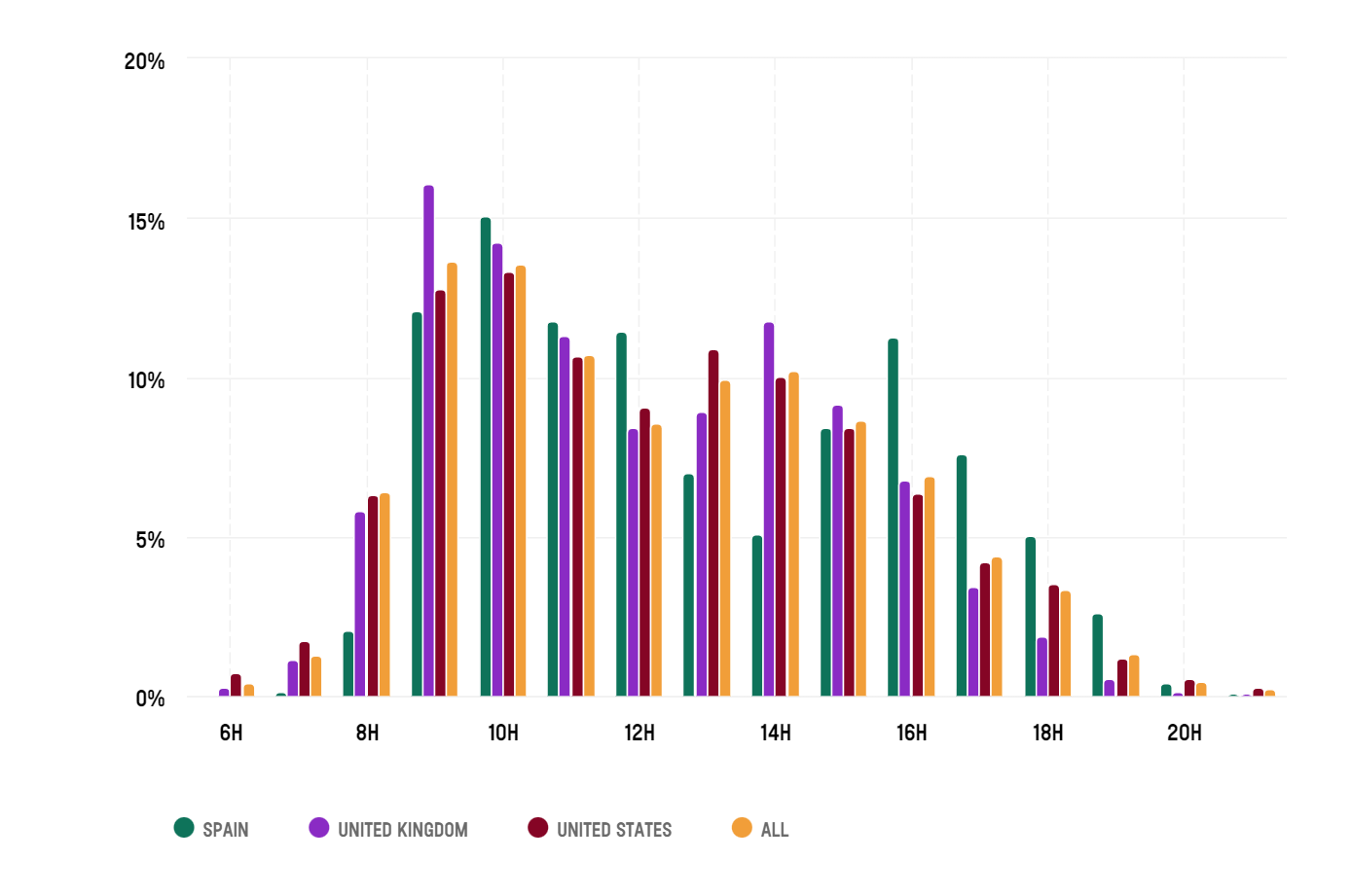
Source: Flexspace Observatory
Promotionals at your space: Have you heard about the TWT pattern? (That is the Tuesday, Wednesday and Thursday pattern! With the rise of hybrid work, Mondays and Fridays are typically quieter in workplaces. You can use the Resource Demand combined with dynamic pressing to offer a discounted rate automatically on slower weekdays to incentivise the use of the space.

Image produced by Dall-e
Membership Tiers: Analysing the data, you can launch premium membership options with added perks, thus catering to a niche segment and diversifying your revenue streams.
3. Heatmaps:
Layout Optimisation: Heatmap insights can help with a layout reshuffle, for example, positioning high-demand phone booths in an area with a lot of circulation near windows, leaving space for communal areas centrally.
Maintenance Scheduling: By combining the use of sensors and floorplans, you can easily identify high-traffic zones for frequent maintenance, ensuring maximum cleanliness in your space.
Energy Efficiency: By monitoring less-frequented areas, you can optimise lighting and climate control, contributing to significant energy savings.
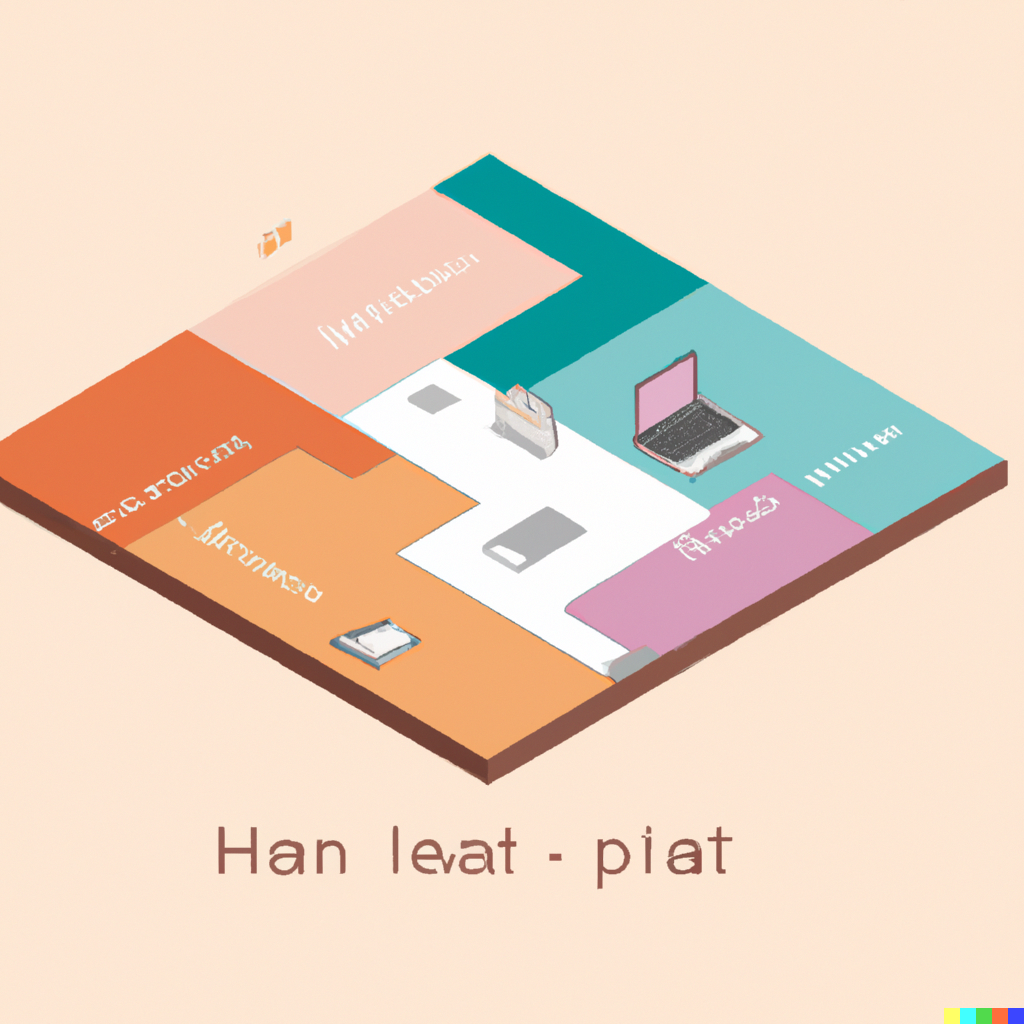
Image produced by Dall-e
4. Members' Engagement:
Tailored Services: Identify growing interest in specific services or memberships you offer in your space. You can build additional services around members’ preferences or focus your communication efforts on promoting them.
Churn Reduction: Proactively engage with less-active members to learn more about why they are less engaged. Develop strategies and services to address those challenges ahead of time, therefore, most importantly, preventing them from leaving the space. Bear in mind, though, that community building is not a one-off task but an ongoing process and being close to your members will help you on this journey.
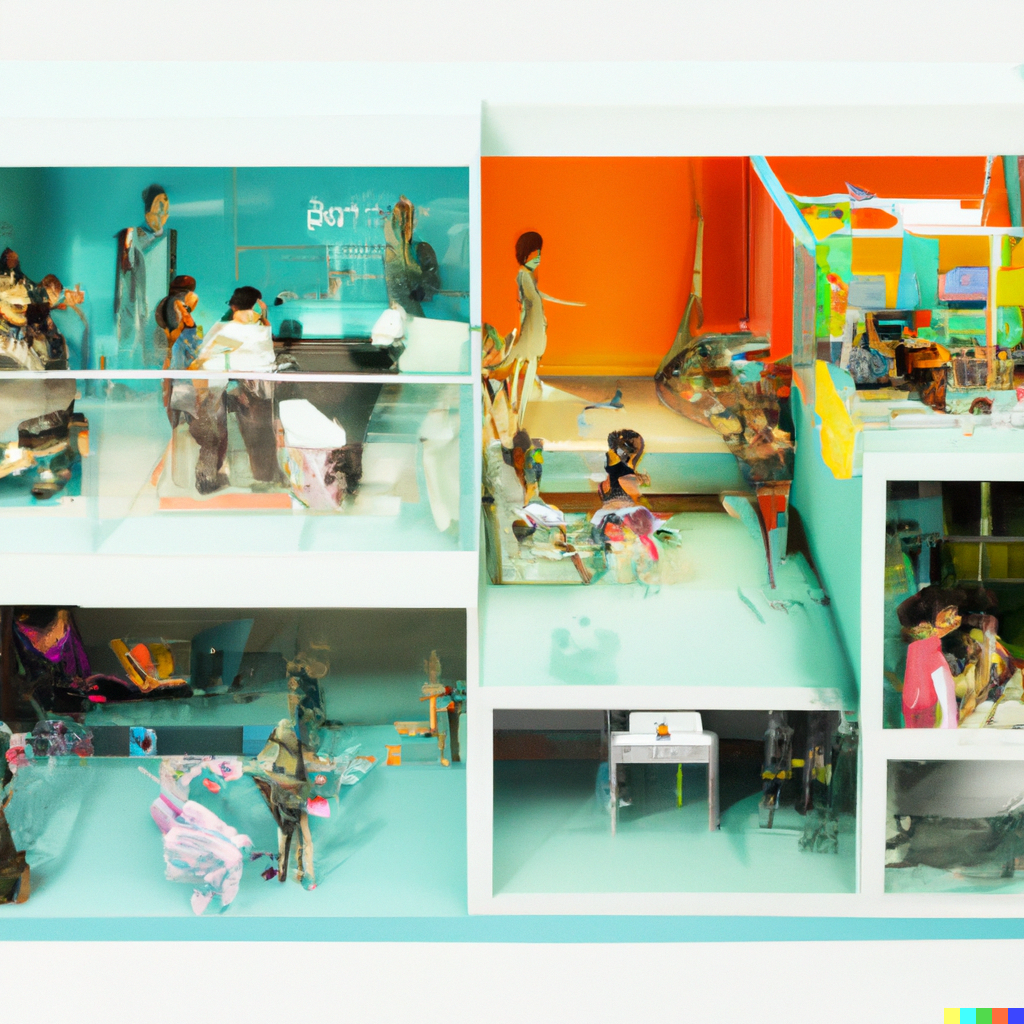
Image produced by Dall-e
Feedback Loops: Using the module combined with Surveys to gather regular member feedback, you can continually evolve the offerings in your coworking space, ensuring you are always meeting your members' dynamic needs.
The potential use of these technologies for coworking and flex spaces is enormous, and we’ll see in the upcoming years more and more spaces adopting them, as well as new features coming to the Nexudus platform. We think that integrating these technologies is paramount for the coworking sector:
- Data-Driven Growth: Coworking spaces equipped with AI tools can harness precise data to drive strategies. From optimising pricing models to predicting space utilisation trends, every decision becomes an informed one.
- Elevating Member Experiences: Understanding member behaviour and preferences through AI equips coworking managers with the insights to craft personalised experiences. This enhances retention and engagement and can be a strong differentiator in a competitive market.
- Operational Brilliance: Efficient operations slash your overheads and improve profitability. With automation capabilities, repetitive tasks are minimised, and resources are deployed more efficiently.
- Future-Proofing the Business: The coworking industry faces new challenges and opportunities continually. AI-driven insights allow spaces to be proactive, adapting to shifts before they become trends, ensuring sustained relevance in the #futureofwork.
- Empowering Community Building: AI doesn’t just assist in space and price optimisation; it also enables deeper connections among members. Recognising patterns, sparking collaborations, and facilitating events that resonate with member interests— are all possible with Nexudus' suite.
Harnessing Nexudus' technologies, coworking spaces are positioned not merely as shared offices but as forward-thinking, community-centric hubs. As the coworking landscape continues to evolve, those spaces that embrace and integrate these advanced tools will undoubtedly lead the pack, pioneering the industry's future.
Related stories
Why a CRM is Essential for Coworking Spaces (And How to Choose the Best One)
A customer relationship management platform (CRM for short) is what organisations use to manage relationships and interactions with both existing and potential customers. Its primary function is to streamline operations and communications to ensure a smooth customer - and employee - experience, while improving profitability.
How the Right Coworking Software Can Transform Your Coworking Space
We all know that technology solutions are imperative to the day-to-day running of your coworking space, but the right coworking software can take it to the next level. It has the power to transform your coworking space into a highly profitable business, all while building a vibrant and engaged community. Let’s explore how the right tools can transform your coworking space.
New in Nexudus: Reduce no-shows & improve team bookings in your coworking space.
Meeting rooms are at the heart of collaboration in coworking spaces. Whether it's a brainstorming session, a client meeting, or a team catch-up, having a simple and efficient way to book and manage meeting rooms makes all the difference. But let’s be honest—there’s always room to improve the experience for your members.
Unlock New Revenue Streams with Our New Virtual Offices Module
The popularity of remote and hybrid working has prompted many organisations to rethink the way they utilise office space. Many have swapped their large, static HQs for more flexible satellite solutions that can accommodate a disparate workforce.
ViDA Compliance Guide: 8 Essential Steps for Coworking Spaces in the EU
Now that 2025 has arrived, the European Union's VAT in the Digital Age (ViDA) initiative is becoming a key topic for coworking spaces operating in the EU. But don’t panic—ViDA will be introduced gradually, with key changes taking effect from 2028. This major VAT reform aims to modernize tax reporting, combat fraud, and streamline compliance through mandatory e-invoicing and real-time digital VAT reporting for certain transactions.
Harnessing AI to Help Coworking Operators Understand Their Communities Better
After more than twelve years in the coworking industry, we’ve seen the movement evolve at an incredible pace, especially in recent years. Spaces have grown larger, making it harder for operators to truly connect with their communities. At the same time, expectations for higher service standards and increasing competition mean that creating tailored experiences and fostering long-term member engagement is more important than ever.
What Is Workplace Management and Why Does It Matter?
There has always been a need for workplace management – the process of organising and optimising physical spaces, resources, and operations to support people’s needs. But, as 28% of UK working adults were reported to work in a hybrid capacity last autumn (by the Office for National Statistics), the question of ‘why workplace management matters’ is more critical than ever. Let’s look at the workplace management benefits for your operations.
Exploring Coworking Software in 2025: 10 Key Nexudus Features
From automating daily processes to supporting your team in building a thriving community and boosting revenue for your business – coworking technology couldn’t be more impactful for flexible workspace operations. But with so many tools available, selecting the right tech stack for your coworking business can be overwhelming.
Unlock Your Team’s Potential with the New Nexudus Academy
As the coworking industry continues to grow and evolve, so does the Nexudus platform. We always strive to develop new features and enhance existing ones to make your job easier. When new features are introduced, there is a need to learn how to best leverage them for your space.
From Startup to AI-Powered Coworking Software Company: The Nexudus Journey
When we first launched Nexudus, we were a small, tightly-knit team wearing multiple hats—from sales to implementation and customer support. In those early days, if a customer had a question, there was a good chance that the person answering it was also the one who had built that particular feature.
